Chain Plying: A Simple Yarn-Bulking Technique
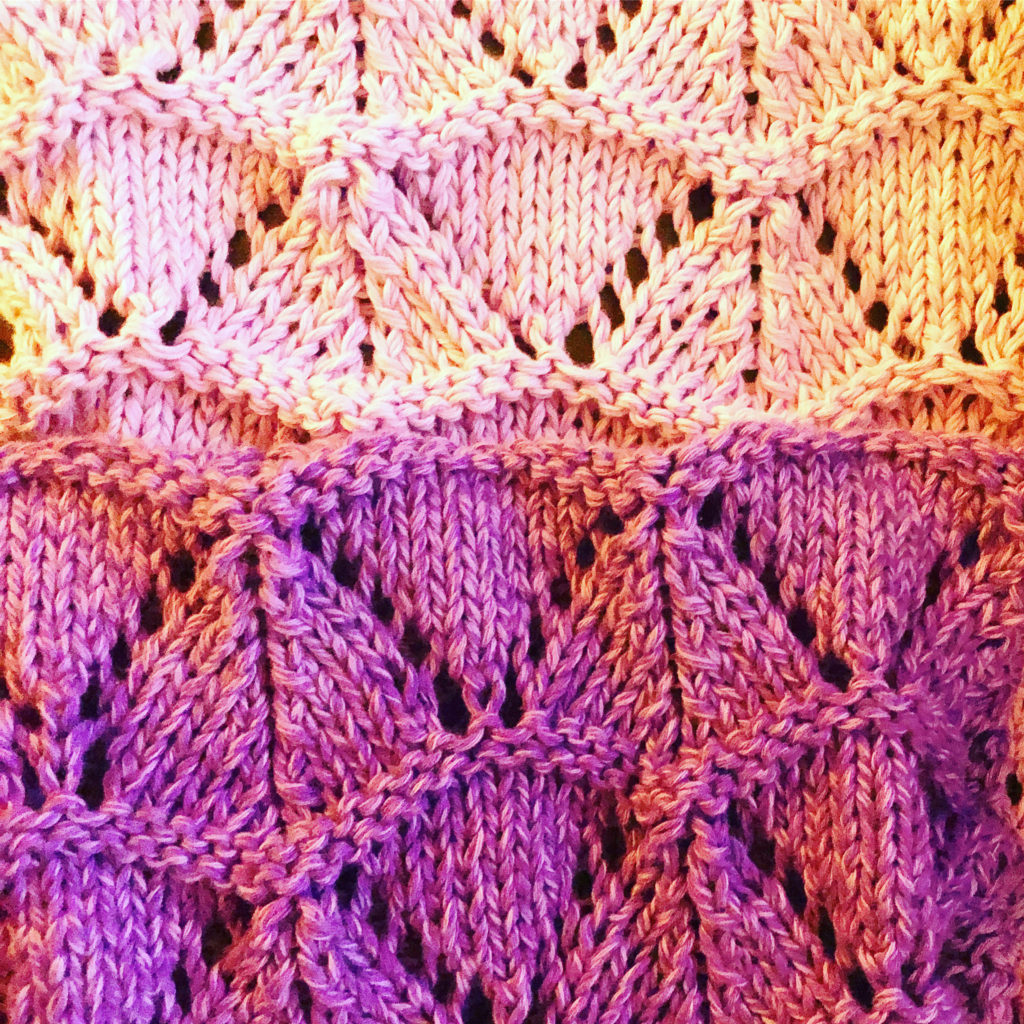
Chain plying has changed my life.
Okay, maybe that’s an exaggeration. But it has changed how I use my yarn stash.
I have a bad habit of finding beautiful fingering-weight and sport-weight yarns, purchasing a single skein without a single project in mind, and ending up with a stash I will never work through.
The truth is, I don’t use yarns of finer weights much at all. I don’t like to knit socks very much and in only purchasing one skein, but refusing to knit socks with it, I’ve limited myself many times.
Chain plying allows me to use these gorgeous yarns, purchased without purpose in mind, on one-skein wonders. Those lace-weight and fingering-weight yarns are transformed into worsted-weight yarns!
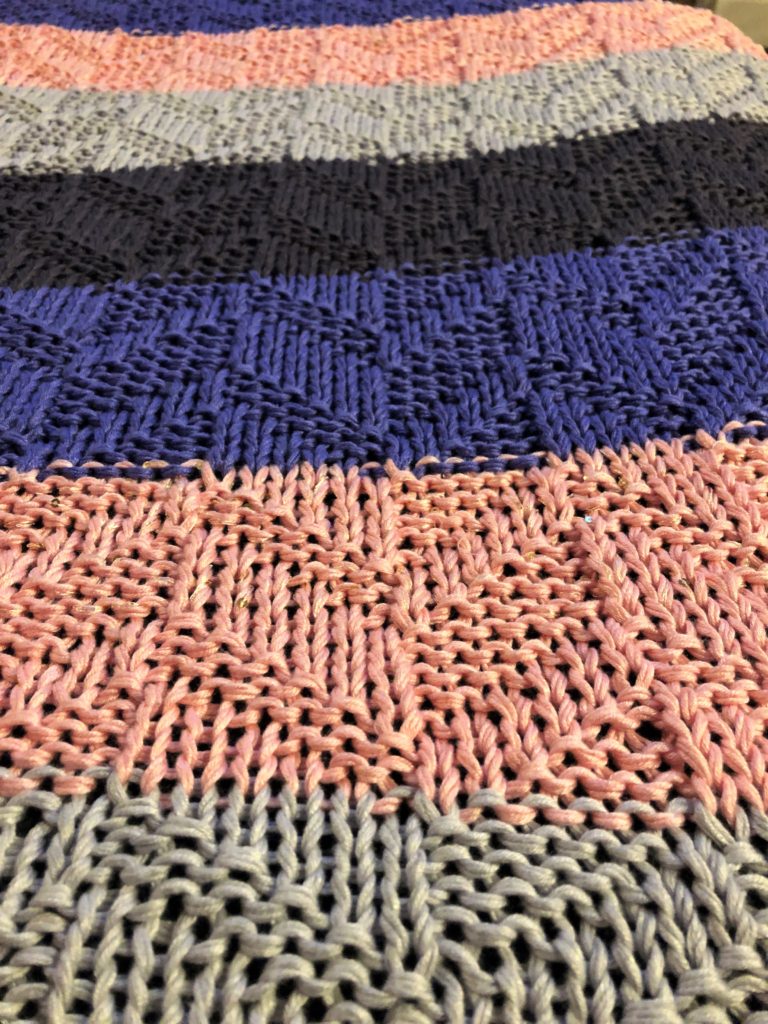
Chain Plying
Chain plying is a method of tripling the thickness of your yarn while you are knitting. Sure, you could hold three strands together, but that requires quite a bit of preparation and almost certain tangling. Chain plying is done as you go, working with only the next few yards of yarn at a time.
This technique is often used in spinning, too!
If you’re using a yarn of more than one color, it may have stripes or a gradual color change that you want to preserve. Chain plying can do that!
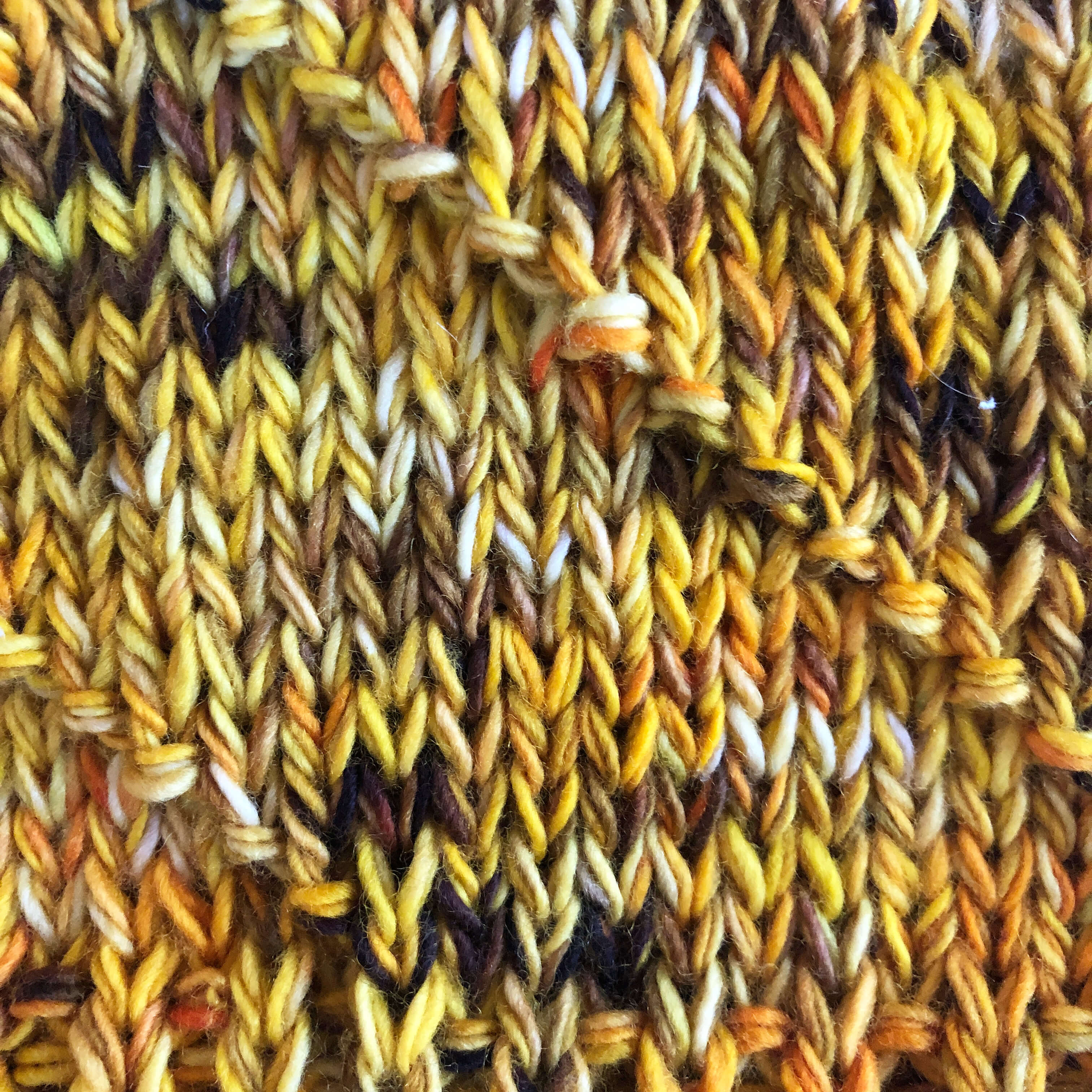
How to Chain Ply
1. Make a slipknot a few inches from the starting end of your yarn.
2. Grab your yarn several inches from the slipknot and draw the yarn through the slipknot.
3. As the loop approaches your work, draw the yarn through the loop again, creating the next chain.
The chains can be any length. I tend to make them about as long as my arm (one good pull). Longer chains made this way tend to blend in easily. Shorter chains will result in more overall texture. If you’ve ever used a crochet hook to chain, you have already chain plied!
4. Using the chained yarn, cast on and begin working.
Remember that you’ll need to use a larger needle than is recommended for your yarn because it is now much thicker.
Tips
Combining chain-plied and single-plied yarn in the same project can have beautiful results.
Consider using the same yarn worked both ways in a single project!
Chunky yarns can be chain plied, too!
If you’re into giant knitting or arm knitting, chunkier yarns that have been chain plied can give you more bang for your buck.
The roving designed for arm knitting can be costly, tends to pill, and is available in limited colors. Why not make your own? Just remember that when you’re purchasing yarn to chain ply for a specific pattern, you’ll need three times the yardage.
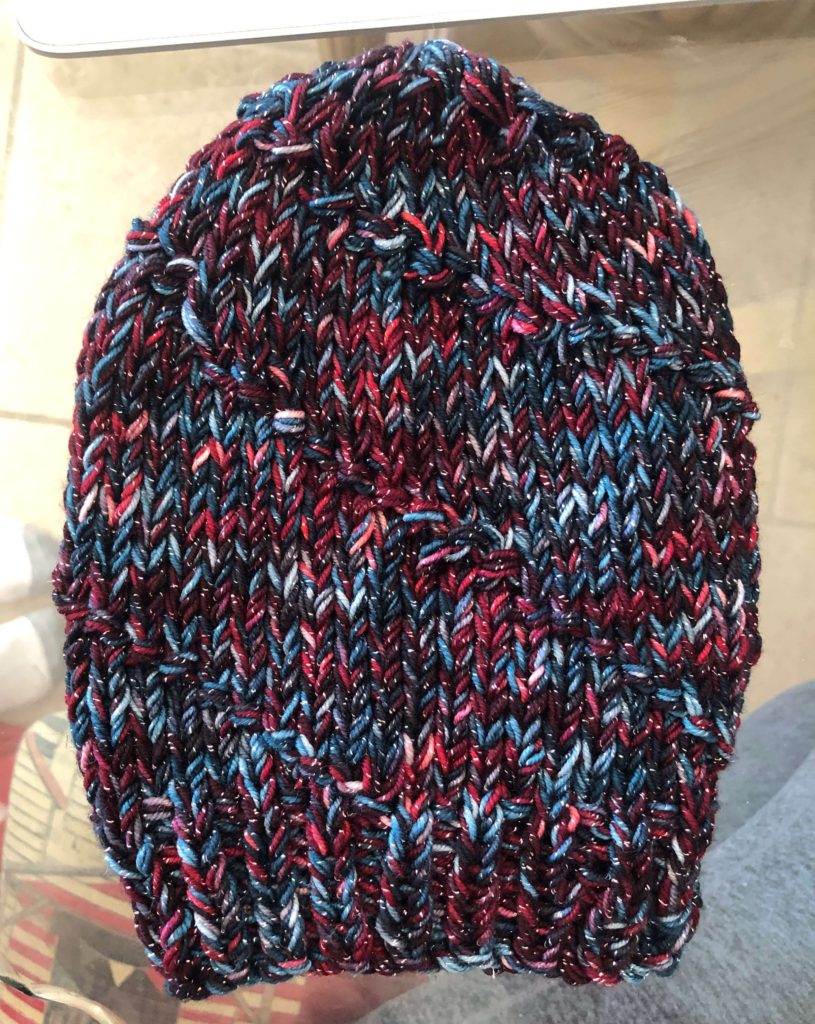
Patterns
It’s time to practice your skills! These patterns incorporate chain plying, but each uses a different type of yarn.
Newcastle Baby Blanket (solid)
Purl Swirl Hat Knitting Pattern (variegated)
Triangles Lace Scarf Knitting Pattern (gradient)


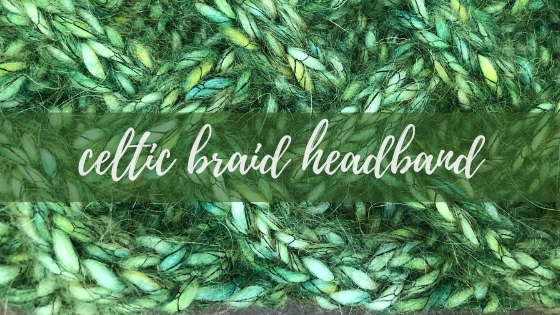
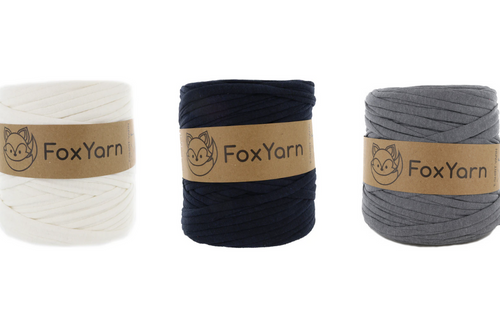

3 Comments
Pingback:
Pingback:
Pingback: